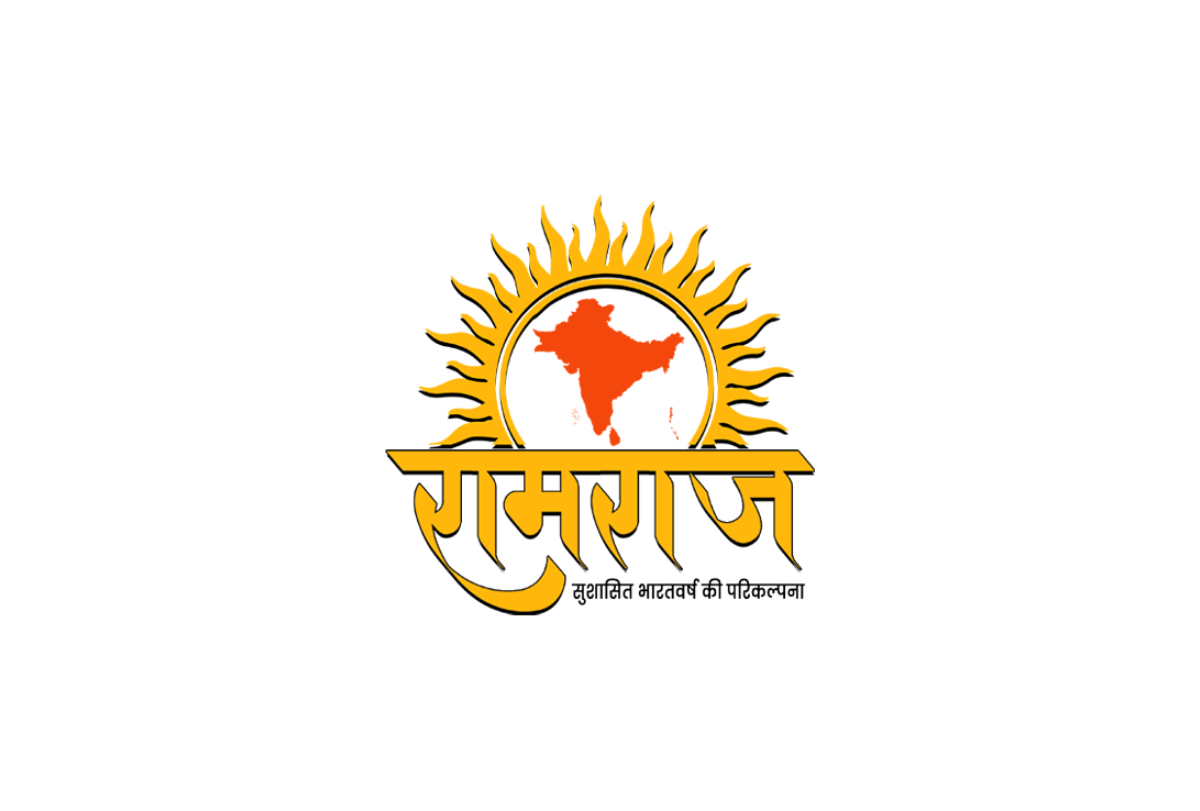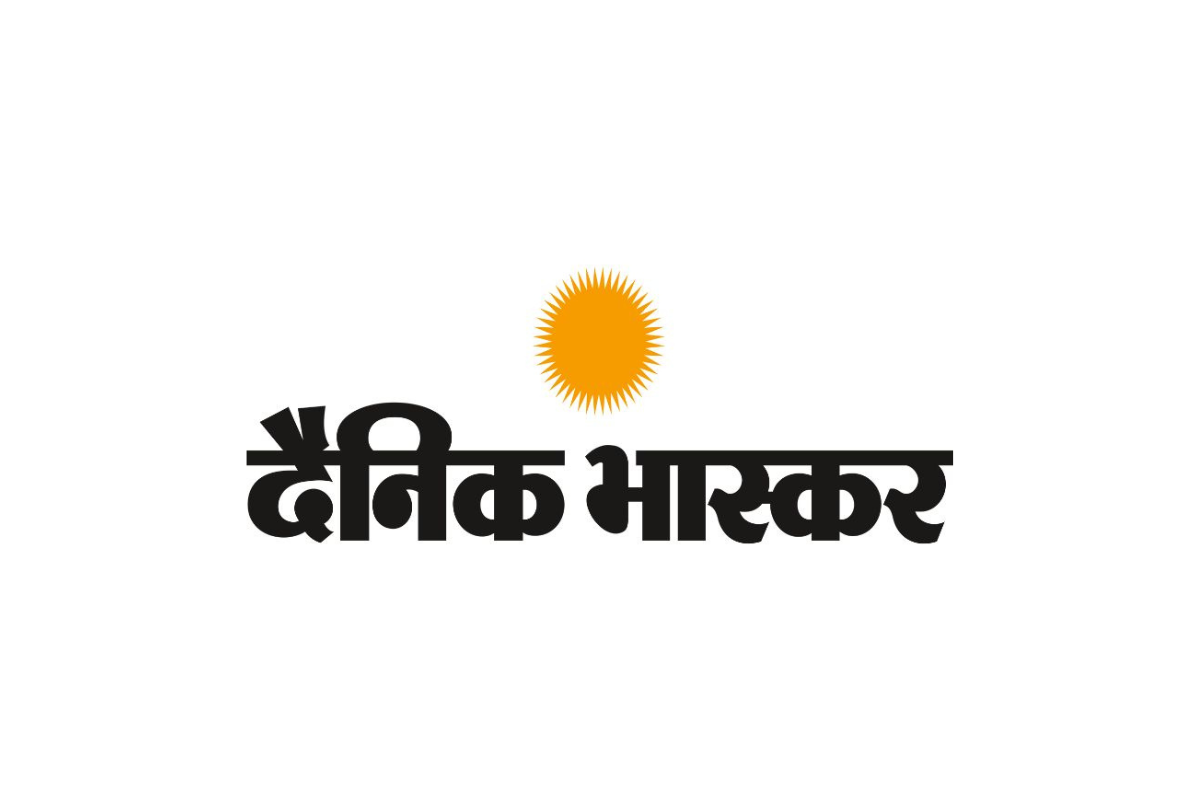This National Youth Day, lets pledge to work towards enabling rural youth to become an economically independent and shape the Indian and global society and economy
According to projections, India will overtake China as the world’s most populous country by April, 2023. However, a more significant milestone is that India will have the largest population of working age (15-64) than any other country in the world. With an average age of 29, the demographic bulge is forecasted to continue till 2050, with the largest growth in the coming decade. This has created a demographic dividend which provides an unprecedented opportunity for economic development.
But will a bigger working age population naturally lead to better productivity and economic growth? In India, for instance, there are many obstacles to capitalize on this opportunity. To begin with, ~90% of the jobs in India are informal which means most of the workers don’t have regular salaries and usually cannot access most of the social security benefits. More alarming is that the Female Labour force participation rate has been declining steadily and stands at 20 per in 2021 – one of the lowest in the world and positioning India with MENA (Middle east and North Africa) region. Further, various reports have suggested that less than 3% of the proportion of labour force has received any sort of formal trainings.
Further, a particular section of concern, young people (15-29) in India are particularly vulnerable to marginalization in the labour market because of various reasons – lack of skills and work experience, access career guidance and information asymmetry. COVID-19 pandemic hit the youth segment much more severely and India is the only country where youth employment situation deteriorated in 2021 as compared to 20203. Irrespective of the different definitions of ‘youth’ in India, the rural youth population accounts for roughly 67 per cent of the total population which means that the demographic dividend is indeed inclined towards the rural India. Accounting for more than a 2/3rd of the youth population, India’s rural youth have a unique opportunity to influence India’s economy and the society.
If India is to achieve the SDG Goals – especially towards quality education, gender equality, decent work & economic growth and industry, innovation & infrastructure – the top priority should be catalysing employability and entrepreneurship opportunities for rural youth.
There are several opportunities to work around this area:
Universal access to career guidance and counselling
Due to better penetration of internet in the rural areas, a large segment of the rural youth now aspires to move out of agriculture and wants a white collared job but don’t have access to such avenues. Hence improving trainings for these jobs along with counselling on available opportunities with a clear career progression graph will help these young people take an informed choice. In order to effectively train our youth and improve their employability and entrepreneurial abilities, it is critical to work on promoting universal outreach awareness programmes including career guidance and counselling not just for the youth but also the community in large.






